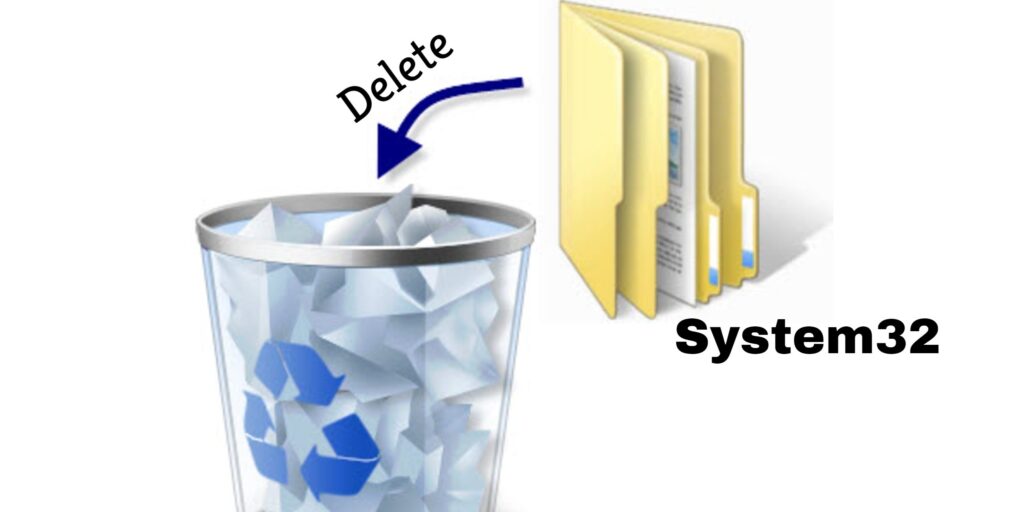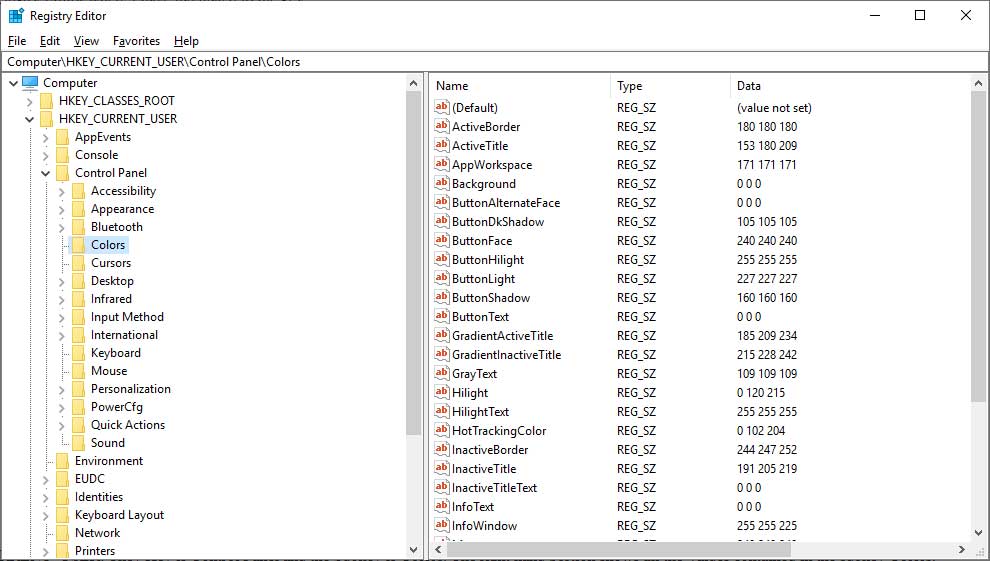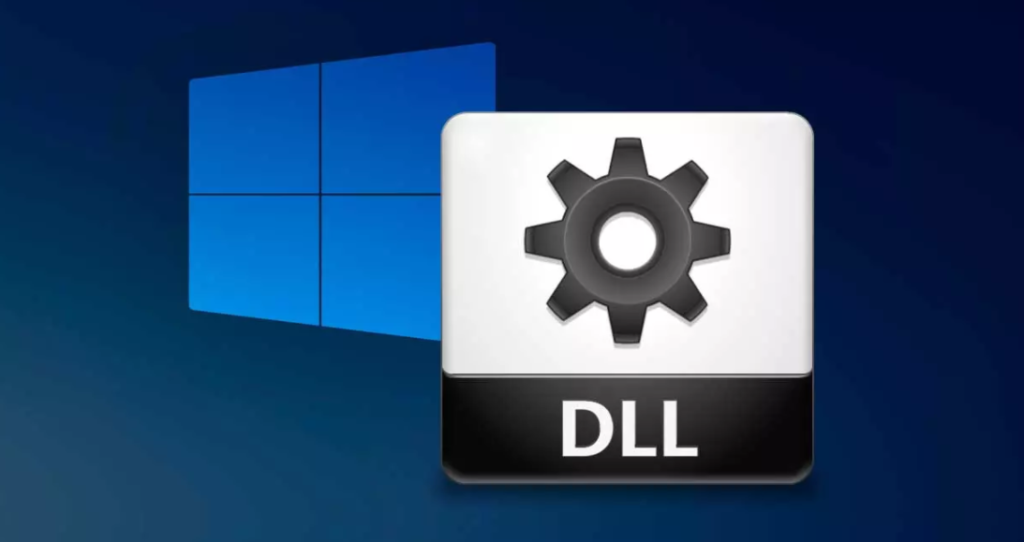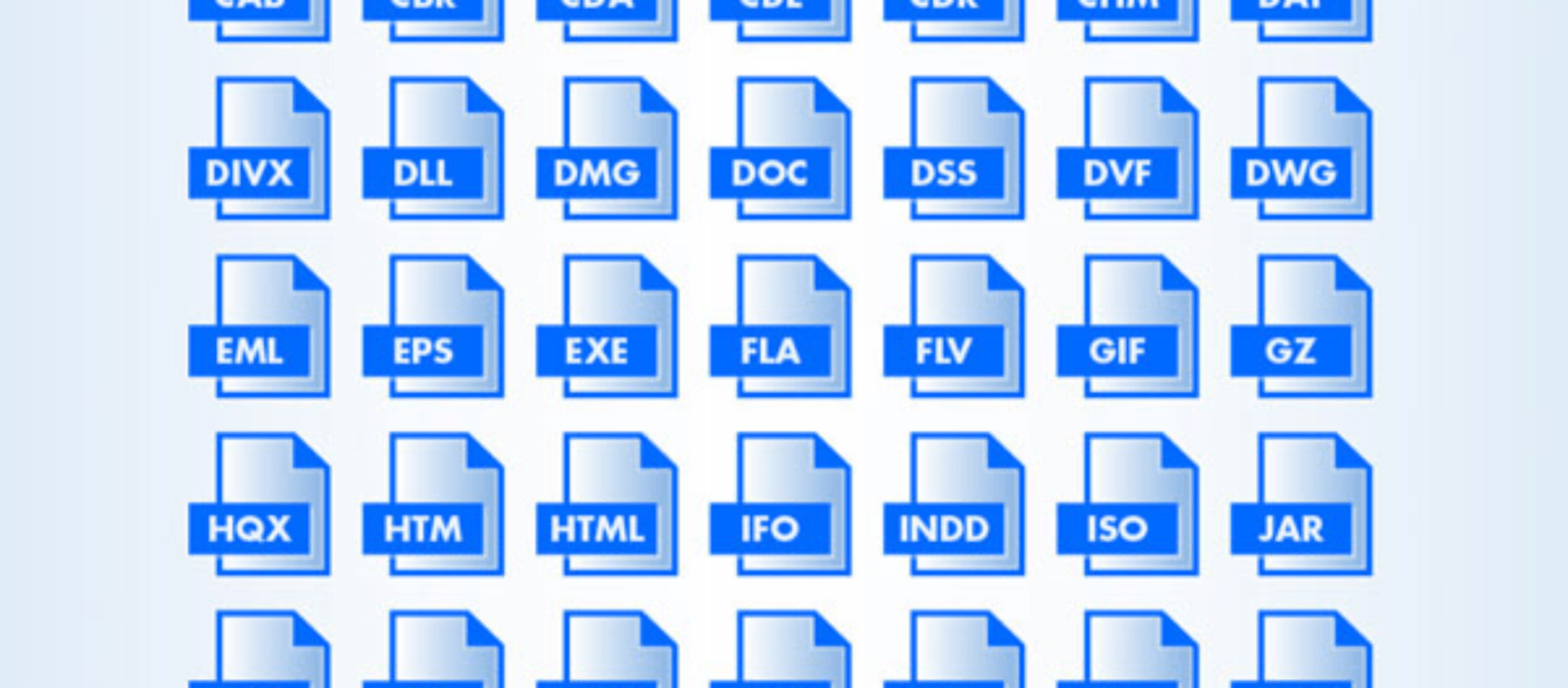Deleting the System32 folder, editing the registry, and formatting the computer hard drive from the command prompt are examples of actions that can bring serious damage to Windows operation. Special care must be taken when using files and pages since some changes are definitive: they cannot be undone and bring risks to your computer. With this in mind, Techidence has prepared a list with details of seven dangerous commands of Microsoft’s operating system.
Deleting the System32 folder

Present since Windows 95, the System32 folder is one of the core components of Microsoft software. The directory contains the so-called Windows libraries, files with DLL extension that are fundamental for the proper functioning of the system and also of a series of programs. The simple act of messing with any item in the System32 folder is enough to cause problems in Windows, from locks to the display of the dreaded blue screen.
So don’t even think about deleting manually or triggering any command that deletes this directory. Deleting System32 will leave the system unstable and prevent the user from accessing it after restarting the computer. To fix the problem, just restore Windows or reinstall the system.
Turn off the Internet permanently
An executable command directly at the Windows prompt can disable the internet from the computer forever. Unlike settings made from the network and sharing center, the change applied by lines of code cannot be undone. Therefore, if you don’t know programming principles, avoid messing with internet settings through the command prompt.
Formatting the hard disk
/s.glbimg.com/po/tt2/f/original/2015/05/29/win7-6.png)
Formatting the hard disk at the Windows command prompt is not advisable for lay users. The interface and language of the prompt are not friendly and can easily lead to errors. Also, it is worth mentioning that the command is irreversible. If you want to format the HD and install a new version of the operating system, give preference to the procedure performed by the original Windows media.
Edit the registry

The Windows registry is a kind of database that stores important information about the operating system and the programs installed in it. Therefore, tampering with it is not a trivial task and not something to be done by anyone. If you are not careful and end up cleaning some of the keys contained in the registry, likely, Windows will not boot correctly, that is, it will be unable to find a particular program. To avoid the accidental triggering of any command and to prevent any inconvenience, disable access to the Windows registry.
Delete Pagefile.sys Files

The .sys extension comes from “system”, which is already an indication not to mess with files ending like this. Pagefile.sys is where Windows stores data when there is no more space in RAM. If your computer has 2 GB of RAM, for example, and you have exhausted that capacity, then pagefile.sys is where Windows will move the spare data. Without it, your computer should start crashing when the RAM runs out.
Swapfile.sys files
With swapfile.sys it is similar. The file is used by Windows to preserve data in RAM when the computer goes into hibernation. Without swapfile.sys you would lose data every time you return to your PC after you have left it idle.
Change DLLs

Acronym for “Dynamic Link Library”, the .DLL extension appears in many Windows files. In short, the items marked with this extension provide a series of resources and instructions for Windows and the software that runs on your computer, like a real Dynamic Link Library.
There are DLLs for various functions, from the simplest ones, such as saving the progress of editing a document in Word, to more complex ones, such as updating software without the need to delete the program before installing a new version. Since the Windows system uses DLLs for most of its tasks, changes to these files can cause problems on the computer. Knowing this, be especially careful with cracked programs that require the replacement of original DLL files.
Changing or customizing file extensions

Extensions are suffixes that name the file format and also the function they perform on the computer. In this way, modifying the extensions can directly compromise the functioning of the files, as well as the software responsible for opening them. While settings like changing a photo with a .jpeg extension to .png pose no danger, there is a specific command capable of renaming all file types to the extension you determine. Using the line of code is not advisable, and even with individual changes, you must be careful.
This post may contain affiliate links, which means that I may receive a commission if you make a purchase using these links. As an Amazon Associate, I earn from qualifying purchases.

